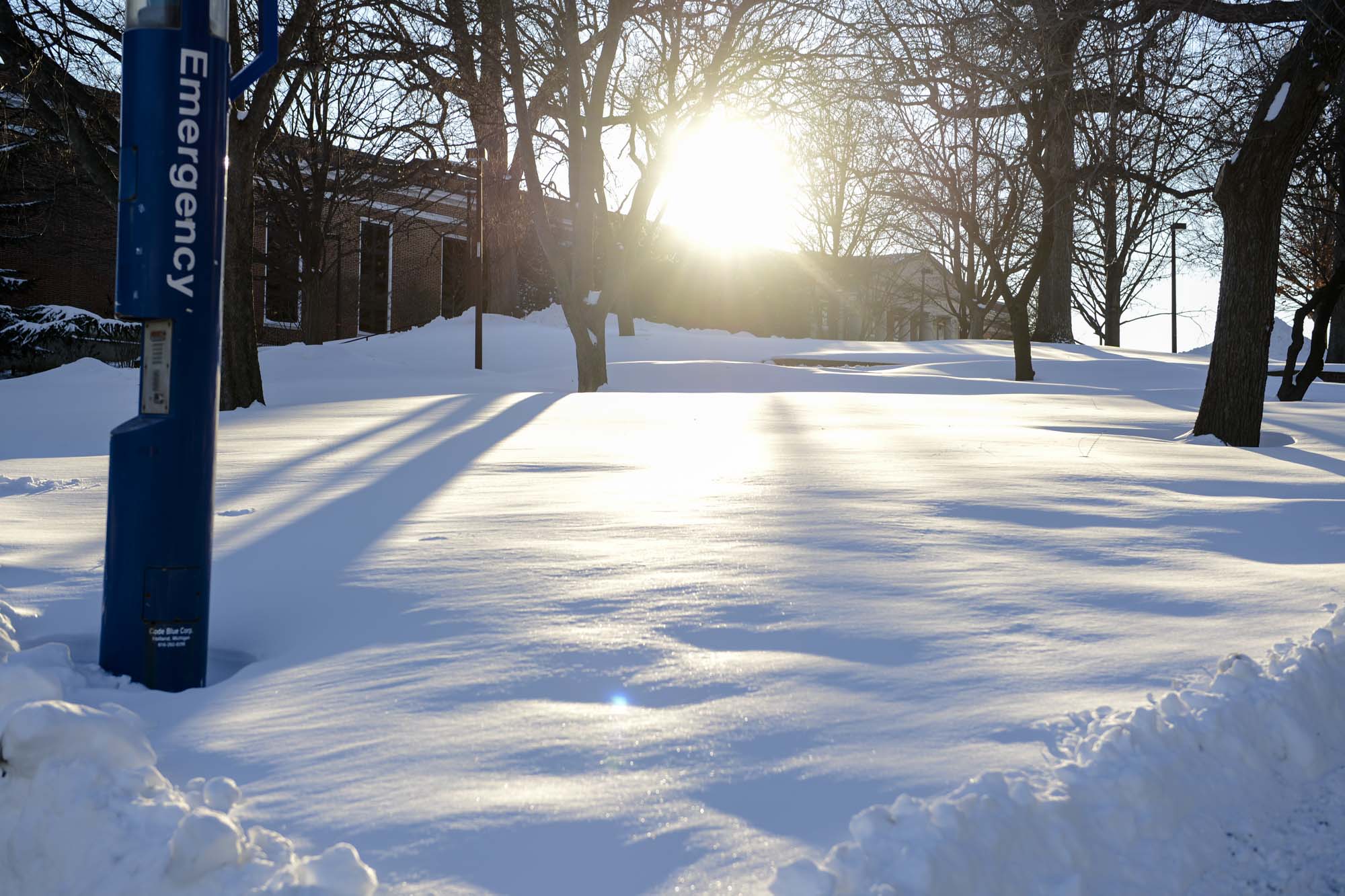University of Maryland professor and former NASA researcher Barton Forman has been measuring snow since long before Winter Storm Jonas blanketed College Park.
Forman uses satellites and supercomputers to determine the mass of snow on Earth at a given time. He can synthesize data from global modeling and satellite images to estimate the amount of fresh water that will be available when the snow melts.
“We want to figure out how much snow there is so we can better manage and preserve that resource,” said Forman, whose research helps policymakers combat drought.
His research uses university technology such as the Deepthought2 High-Performance Computing cluster, which was named among the top 500 supercomputers in the world in June 2014.
Recent advances in technology allow for more specific and accurate data through higher-resolution satellite images and better computing power, said Rolf Reichle, a NASA researcher who supervised Forman in his postdoctorate work at NASA.
“The computer power is increasing dramatically, and we can get great benefits from that because the resolution is improving,” Reichle said.
If measured accurately, this information could be instrumental in policymakers’ approaches to producing energy, sustaining agricultural practices and securing potable drinking water, Forman said.
A study published in Environmental Research Letters found that about 2 billion people rely on snow as a source of fresh water. The issue, Forman said, boils down to a matter of supply and demand.
“The world population is growing, but the amount of fresh water is fixed,” he said. “It’s a finite supply.”
In California, citizens are facing one of the most severe droughts in the state’s history, with a Jan. 12 drought monitor showing about 43 percent of the state in “exceptional drought.” Meanwhile, the snowpack in the Sierra Nevada mountains — a region where 75 percent of the fresh water supply comes from mountain runoff — was also at the lowest it’s been in 500 years, according to a study published in Nature Climate Change in September.
Dependence on snow as a water source isn’t unique to the United States. Abroad, more than 1.4 billion people rely on runoff from the Himalayas in India, Nepal and Bhutan.
Junior bioengineering major Urvashi Dayalan said she has experienced water shortages in India firsthand when visiting her grandmother there each year.
“It’s in short supply no matter who you are — if you’re of a higher socioeconomic status or if you’re of a lower socioeconomic status,” Dayalan said.
In comparison to attitudes in the United States, she said, “It’s just starkly different from here to there because there’s a lot more of a mindset to conserve water [in India]. … We’re kind of a wasteful country at heart.”



